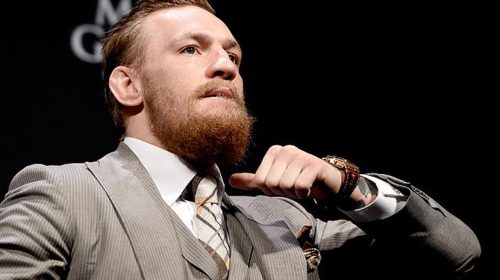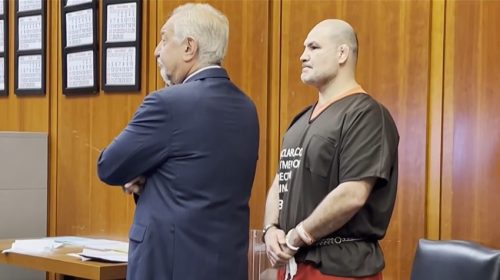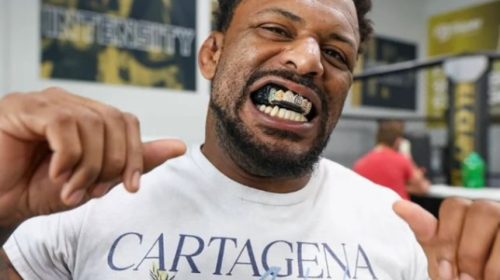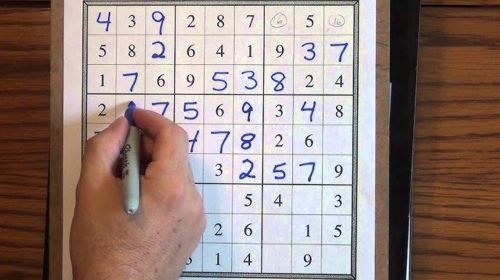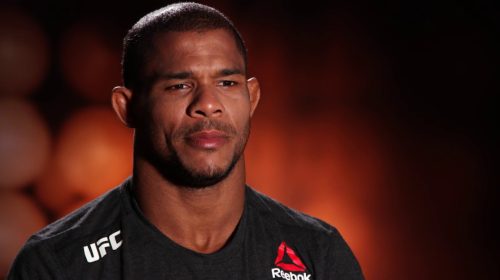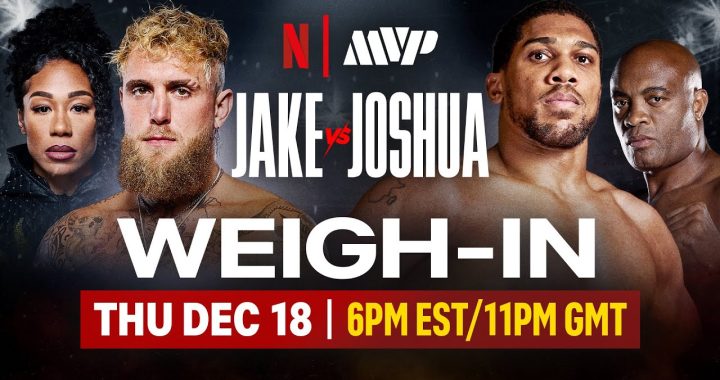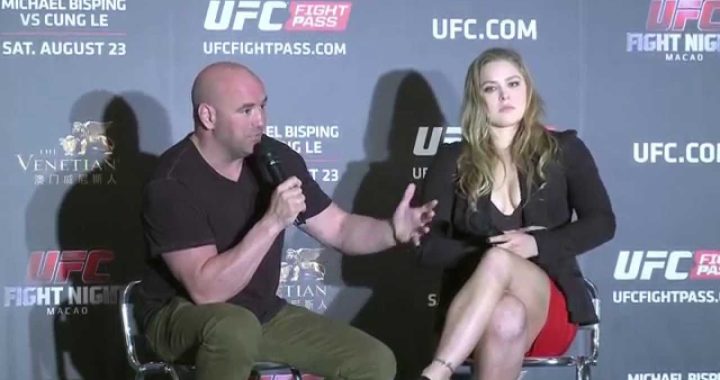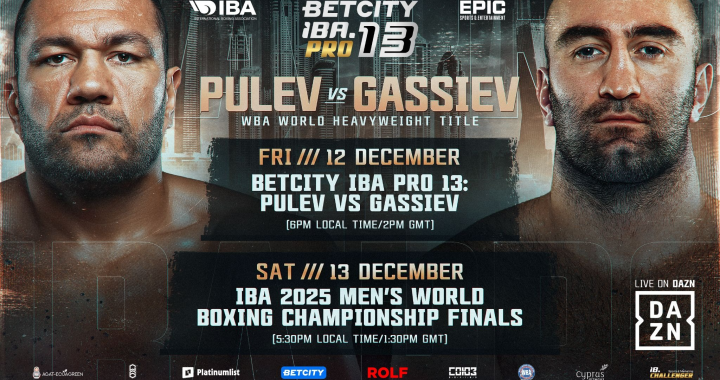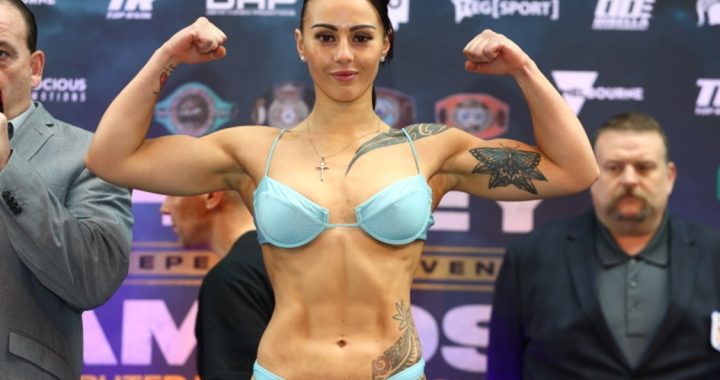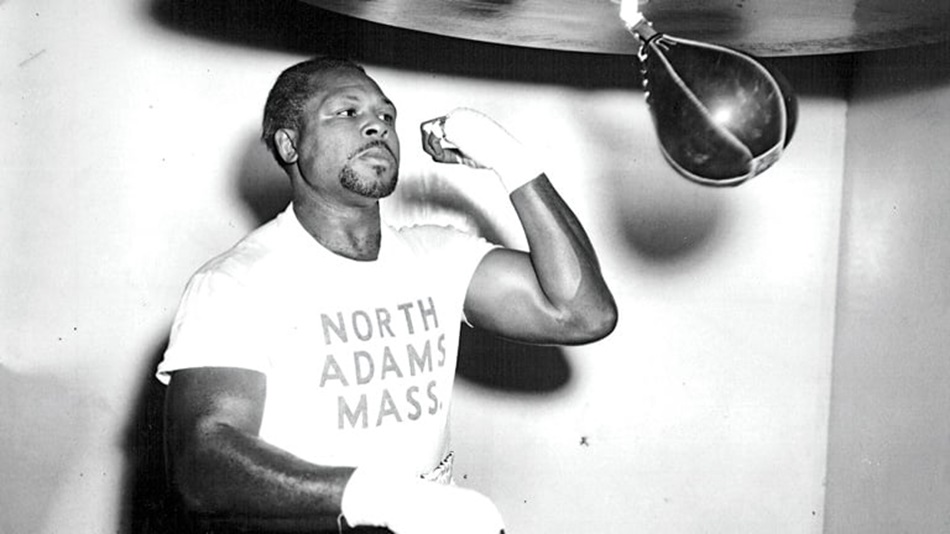
Boxing Across the Nation: Mississippi – LHW GOAT Archie Moore
Boxing has been a part of the American sports scene since the 1700s by way of England. It started by infiltrating the larger port towns before eventually working its way into the lexicon of America. Now it showcases some of the most talented combat sports athletes in the world. We will embark on a 50-part saga exploring the best boxers representing the United States. Some states will have more athletes to choose from than others, but the journey will be quite the ride. Let’s embark on the journey by looking at an interesting fighter or bout from each state. Next, we look at our 24th entry, the state of Mississippi and the life of Archie Moore.
Check out the 23 states we have covered by clicking below:
Alaska-Hector Camacho vs John Montes Card
Arizona-Hall of Famer Michael Carbajal
Arkansas-The Tragic Story of Sonny Liston
California-The Underappreciated Career of Andre Ward
Colorado-Boxing’s First Mega Star Jack Dempsey
Connecticut-Boxing’s Wins Leader Willie Pep
Delaware-The Night Dave Tiberi Almost Shocked the World
Florida-Pryor vs Arguello Showered In Controversy
Georgia-The Tragic Story of Cleveland “Big Cat” Williams
Hawaii-“The Hawaiian Punch” Brian Viloria
Idaho-The Sad Tale of Ed Sanders
Illinois-“The Drunken Master” Emanuel Augustus
Indiana-The Life and Antics of Kid McCoy
Iowa-Michael Nunn: In the Ring and in the Prison
Kansas-Jess Willard: “Pottawatomie Giant” Lives in Boxing History
Kentucky-Davey Moore: Losing It All In The Ring
Louisiana-Harry Wills: Boxing’s Greatest Injustice
Maine-Liston/Ali II: Putting A State On The Map
Maryland- Joe Gans: First 20th Century African American Champion
Massachusetts-CTE and the Life of Paul Pender
Minnesota-“The Other Guy” Tommy Gibbons
Mississippi
Mississippi, the 20th state to join the Union, ranks 35th in population of the United States. Though not often thought of as a state in the professional sporting world with no teams in the country’s major sports, Mississippi does hold its own with several world-class boxers. There were several fighters who qualified as a valid entry to represent Mississippi in this series. Considered one of the greatest pound-for-pound fighters of all-time, Henry Armstrong also hails from The Magnolia State. Former heavyweight champions like Leroy Jones and Ernie Terrell also hail from Mississippi. One fighter stood out above the rest. The man The Ring Magazine listed as the second-greatest puncher of all time, Archie Moore.
Early Life of Archie Moore
A frequent occurrence 100-plus years ago, Moore actually thought he was born in 1916 in Illinois. His mother, however, stated he was actually born December 13, 1913, in the small Mississippi town of Benoit. Even to this day, Benoit has an estimated population of 365, located in northwest Mississippi. Though actually born Archibald Lee Wright, he would go on to take the surname Moore. This was done after his mother gave him and his sister to his aunt and uncle, Cleveland and Willie Pearl Moore. The couple lived in St. Louis. Lorena Wright was unable to care for the children after Moore’s father, Thomas Wright, abandoned the family.
Though they were able to provide Moore with everything he needed as a young boy, Cleveland would suffer a freak-accident death in 1928, when Moore was only 15 years old. This would lead to Moore joining a local street gang, committing burglaries. One of his main purchases from this endeavor was a pair of boxing gloves. After being arrested for attempting to steal from a motorman’s box on a street car, he was sentenced to three years in a Missouri reform school. Regardless of his situation, Moore was set on becoming a boxer and was not going to let anything get in his way of this dream.
First Boxing Team and Early Career Thru 1941
In association with Franklin Roosevelt’s New Deal to lead the country out of the Great Depression, the Civilian Conservation Corps was created. Moore would join this group in 1933 at the age of 20, working out of Poplar Bluff, Missouri. Moore would convince the captain to allow him to create a boxing team. He would relive a bout against a white boxer, Bill Richardson. Moore stated, “I knocked him down with a volley of head punches about one minute into round one. His brother … was the referee.
He was furious at me and told me to keep my punches up. Since I had been hitting Bill in the head I would have missed him altogether if I threw my punches any higher. But the referee said I had fouled him. … I got steamed at this and offered to fight [the referee], too. I resolved not to hit Bill any place but his head. … In the second round I dropped him with a left hook that spun his head like a top.” After winning Golden Gloves tournaments representing the CCC’s boxing team, Moore decided to turn pro in 1935.
In what many fighters now days would consider a full career, Moore’s first retirement came after 57 fights in his 220-fight career. He would compile a stellar 47-5-4 record, but was never given any sort of championship fight in this first run of his career. Moore was facing health issues involving stomach ulcers, which led him to his first retirement which would only last a few months. In just 11 months, he would return to action and earn a knockout victory over Bobby Britt in Arizona. Still in the middleweight division at this time, Moore would see an uptick in competition, eventually leading to championship opportunities.
1942 Thru Middleweight Run
Winning six bouts in a row since his return from retirement, Moore was now set up for his first title bout, against Eddie Booker, for the California State Middleweight Title. Unfortunately for Moore, the 12-round bout in San Diego would go to a draw. The San Diego Union reported, “Booker was down twice for no-counts in the first round and again for no-count in round seven. Booker hurt Moore in the 6th round with a right to the head, and pounded him in that round. Moore faded late in the fight giving away rounds 8 through 11.”
In his next bout five months late in may 1942, Moore would take on Jack Chase for the same title, and this time earn the victory. According to the Associated Press, Chase began to tire in the 13th round, allowing Moore to pull away and earn the decision in the 15th-round contest with a judge score of 91-74. Less than three months later in August, Moore would drop the title back to Chase in which the San Francisco Chronicle stated Moore was dropped for a nine count in the fifth round by an uppercut.
Move Up to Light Heavyweight
Around 1945, Moore made the jump up to light heavyweight, in which he would have his greatest of successes. May 20, 1946, would see Moore face his greatest task to date in future hall of famer and world champion Ezzard Charles. Though it was a tough decision loss for Moore, he would not be defeated again until he met Charles one year later. Though Charles always appeared to be a thorn in the side of Moore’s light heavyweight run, eventually in 1952, Moore would receive a light heavyweight world title shot after a year of 1951 that saw him compete 18 times
His record up to that point was an astounding 133-19-8. In the town that raised him, St. Louis, Moore would capture the world championship via decision. Moore would go on to successfully defend the title five times before his first run-in with future hall of famer Rocky Marciano in September 1955 for the heavyweight championship.
Moore Clashes With Heavyweight Icons
September 21, 1955, saw the clash between light heavyweight champion Moore and Rocky Marciano in his farewell bout. The two would clash in Yankee Stadium in front of 61,574 fans. This is quite the number especially under the circumstances of the event being pushed back a day because of Hurricane Ione. The 39-year old Moore was the 4-1 underdog against the 32 year old heavyweight champion.
Coming into the matchup, Moore was sporting an astounding 120-19-5 record and searching to become the first light heavyweight champion to earn the championship crown as well. Marciano would have a different opinion on the matter, though being dropped by a Moore right hand in the second round. Marciano would go on to win his farewell bout by knockout in the ninth round. Moore would win his next 11 bouts before his next venture for heavyweight gold against another heavyweight icon.
November 30, 1956, would see Moore challenge future world heavyweight champion, Floyd Patterson, inside Chicago Stadium for the title recently vacated by the retired Marciano. Though Moore was the betting favorite this time around, Patterson would become the youngest champion in history via fifth-round knockout.
After the bout Moore spoke to the St. Petersburg Times to which he stated of the bout, “I’m all right. The referee shouldn’t have stopped it. I felt Floyd Patterson is a vastly improved fighter. He has potentialities of being a great fighter when he gets some experience. I felt confident I could beat him, but I also learned that youth can be too much. I came up the long hard road, but when I got there I found the door slammed shut.”
Continued Light Heavyweight Dominance Into Retirement
Moore would continue to dominate on the light heavyweight scene, serving as the longest tenured champion in division history, serving as champion from 1952-1962. Not losing the championship in the ring, the champion was stripped of the crown for failure to sign a contract to defend within a six-month span during his tenure. Moore would continue to fight one more year as a heavyweight and face another heavyweight icon in Cassius Clay. This would serve as Moore’s second-to-last bout in his lengthy career. 16,200 would pack the Sports Arena in Los Angeles for this clash of future hall of famers.
The matchup was a tale of boxers at totally different points of their career. Clay, yet to change his name to Muhammad Ali, was a young, upcoming phenom while Moore was entering his 219th professional bout. As predicted by Clay pre-bout, the matchup ended in the fourth round with a Clay knockout of Moore. After the bout Moore stated of Ali, “Cassius proved that he was everything I thought he wasn’t. I had hoped to stay close to him, wear him down, but it didn’t work.”
March 15, 1963, inside Madison Square Garden, would see the final bout of Moore’s hall of fame career. He would face a debuting Mike DiBiase in a “boxer vs wrestler” matchup. The Old Mongoose proved he still had knockout power, giving the tough pro wrestler a cut over his eye in a one-sided affair. This knockout would serve as Moore’s 132nd knockout win, second all-time behind Billy Bird’s 138, who competed in about 130 more matchups than Moore. Moore would end his career with nearly 71% of his victories coming by way of knockout.
Acting Career and Post-Fight Days of Archie Moore
In 1960, nearing the end of his boxing days, Moore entered the world of acting. Moore’s acting career highlight is often considered his portrayal of Jim in The Adventures of Huckleberry Finn. His role received very positive reviews and let to his appearance and other films and television episodes. He would even make an appearance in the 1993 rendition of The Adventures of Huckleberry Finn. Moore’s filmography spans nearly 30 years.
Moore was also known for his humanitarian efforts all around the world. While in Argentina to compete against Abel Cestac, Moore impressed the country’s president and his wife by buying items of need for less fortunate children of the country. He was even offered a spot to stay in Argentina as the nation’s Minister of Welfare of Children, which he declined to continue his pursuit of championship gold.
One of Moore’s greatest accomplishments in or out of the ring was the creation of the Any Boy Can organization. The “ABC” was created to show the youth, regardless of discrimination, how to “step off in life with their best foot forward.” In 1968, his ABC Foundation earned the Freedom Foundation’s Patriotism Award, along with many other outstanding awards.
Moore would eventually pass away due to heart failure in 1998 but lived a full life giving back to many throughout the world. His legacy lives on strong with several hall of fame inductions including the World Boxing Hall of Fame, California Boxing Hall of Fame, The Associated Press’s 1999 #1 light heavyweight of the 20th century, among many other distinct awards for his outstanding in-ring career.



